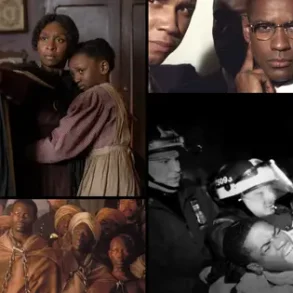
Since the methodologies for these two reports are different, it’s not unusual for them to show different trends in a particular year, said Richard Rosenfeld, a criminology professor at the University of Missouri, who recently wrote about this divergence for the Council on Criminal Justice. Over the past 30 years, these two reports’ difference in year-over-year violence trends has never been as big as it was last year.
In 2021, the FBI changed how it collects data from police departments, and as a result, that year’s crime data missed nearly 40% of police agencies. Bureau analysts estimated the missing data with statistical modeling, but the change led to the most incomplete picture of national crime since the FBI began collecting data in the 1930s, which created confusion on how crime trends changed. Last year, the FBI reversed the change and revived the previously-retired data collection system. They also gave agencies that didn’t submit data for 2021 a chance to submit their data retrospectively. Nearly 2,500 agencies took the FBI’s offer and submitted crime data through the old system for 2022, but it’s unclear how many did for 2021.
Experts said the lingering effect of that transition could be why the 2021-2022 trend is unreliable: If the 2021 crime data remains incomplete, it is difficult to compare it with the 2022 data.
These data gaps and disagreements create more space for politicians to spin unsubstantiated, murky narratives. When Florida Gov. Ron DeSantis announced his run for president, for example, he touted that Florida’s crime rate has reached a record low under his administration. But he failed to mention that he relied on a crime rate estimation that was missing data from about half of the state’s law enforcement agencies, which policed 40% of the state’s population.
The FBI said it cannot address the difference between its crime data and the BJS’ victimization survey because it “cannot comment on another agency’s report.”
In an interview, BJS statisticians said there’s no single factor that can neatly explain the divergence — the victimization survey and police statistics are designed to complement each other, and often reflect different aspects of criminal justice and victims’ issues.
“It would be nice to know what’s happening with violent crime rates,” said Richard Rosenfeld. “But having two contrasting reports both coming out of the Justice Department enables politicians, or anyone else who has a horse in the race, to just cherry-pick the estimate that fits best with their [priorities] and ignore the other.”
This post was originally published on this site be sure to check out more of their content.






